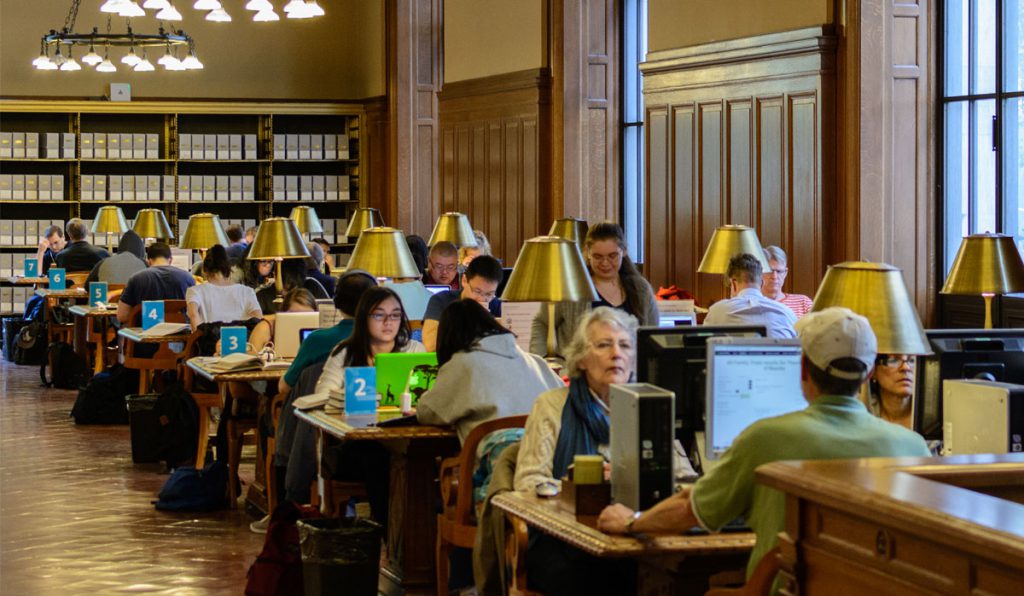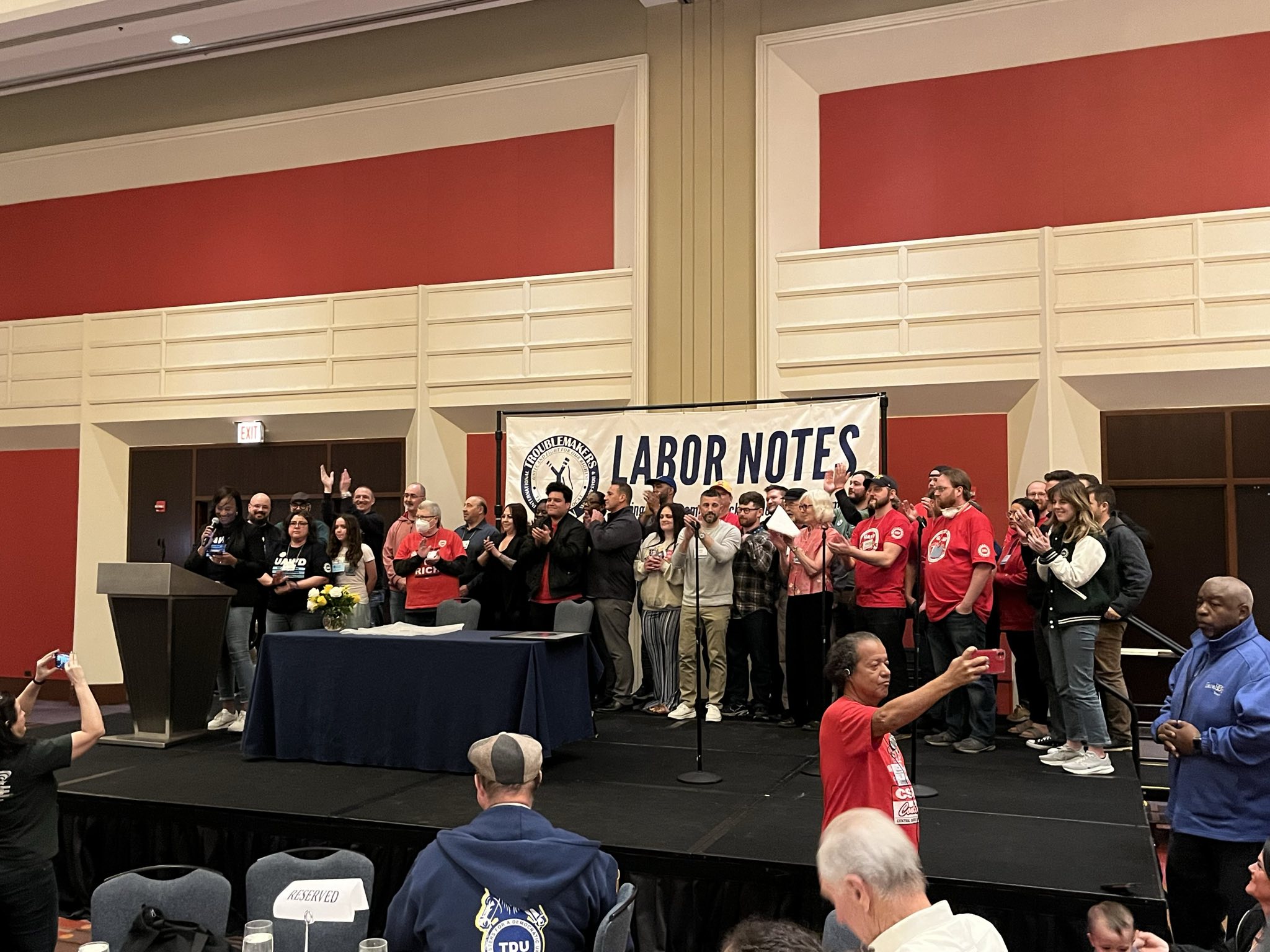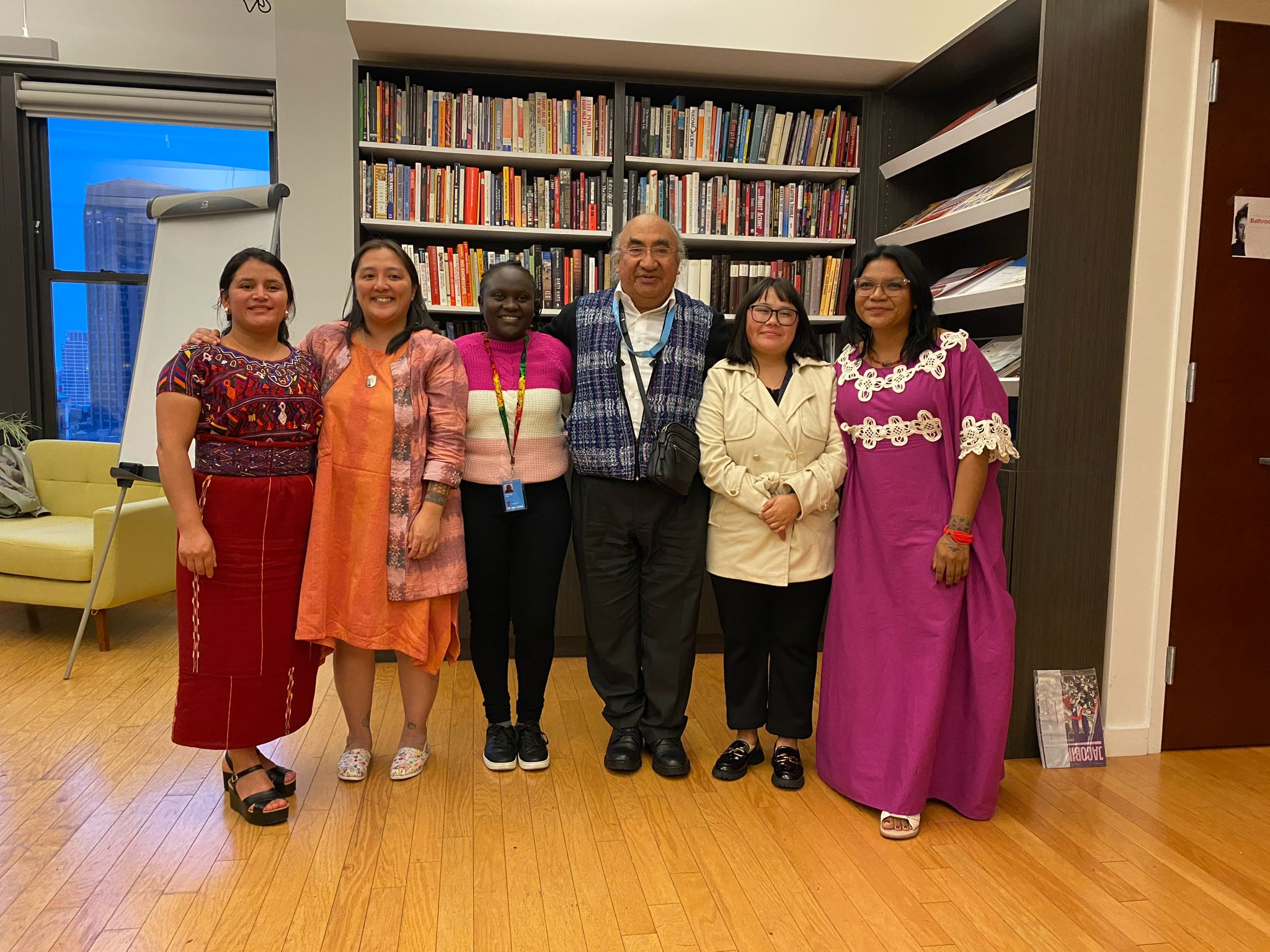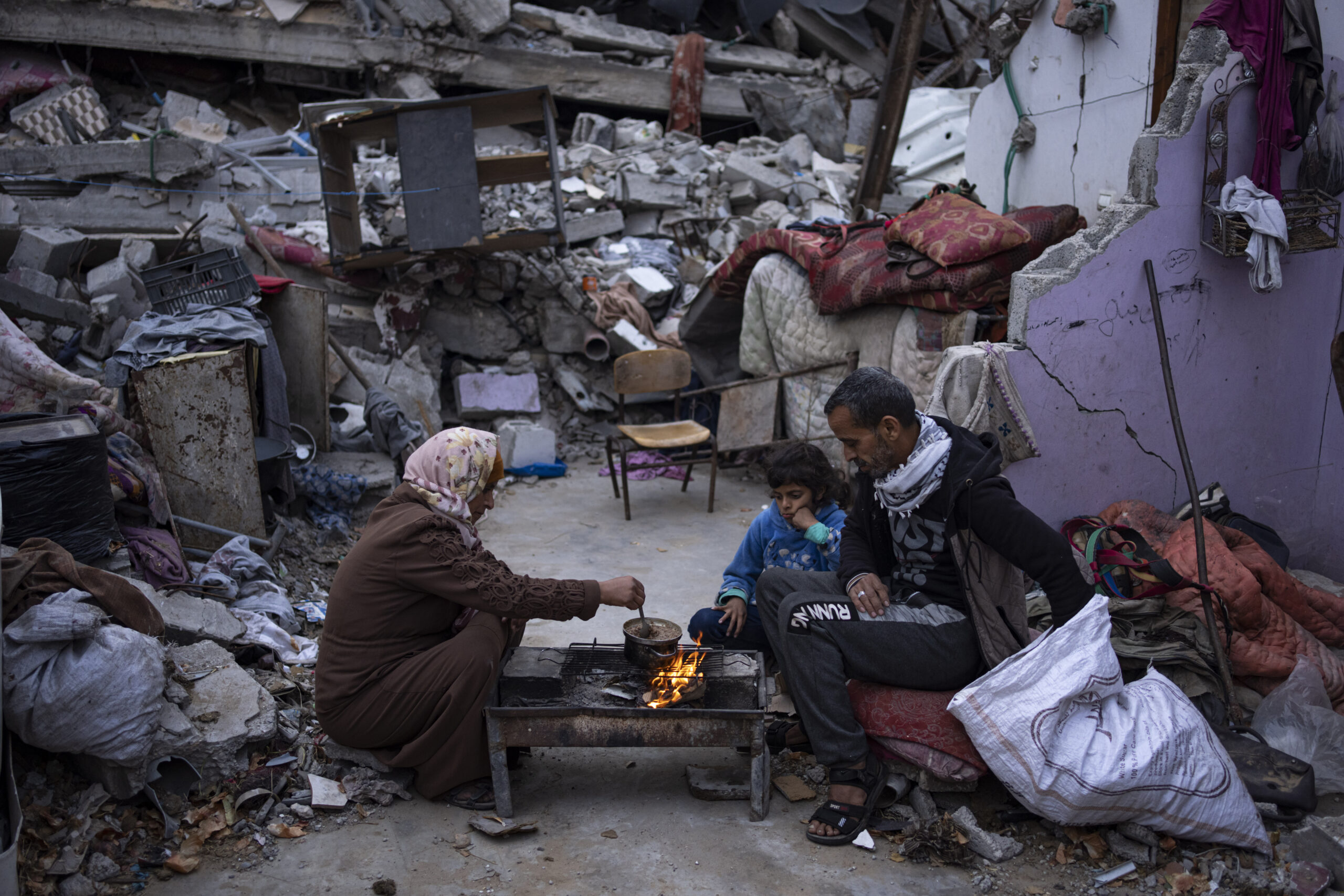
Since the COVID-19 pandemic began, everything from restaurants to offices have been forced shut. However, few closures have had a more widespread impact on communities than that of public libraries. The irony is that COVID-19 has forced libraries to close at the moment when society needs them most.
Since March, the vast majority of libraries have limited access to their buildings, and many have made their resources available digitally. This shift to digital services provides much-needed support for people during the pandemic. However, this emphasis on digital content also highlights that, without access to library buildings and the computers inside them, many of the people who need support the most cannot access these digital resources. A recent report found that over 40 million Americans do not have consistent broadband internet access. Public libraries are often the only free source of access to computers and the internet in a community.
Some libraries have been leaving their public Wi-Fi on while their doors are closed so that people can access it from outside, but this still requires a person to have their own smartphone or laptop. Although digital resources are an important part of what libraries provide, having a physical, freely accessible library space is critical for equal access.
Public library buildings also provide value simply by virtue of being public spaces. Research conducted in 2016 shows that while 64% of the respondents visit libraries to borrow print books, 49% go to libraries to “sit and read, study, or watch or listen to video.” Libraries are a “third place” where people can spend time in an informal communal environment.
The term “third place,” coined by Ray Oldenburg in his book The Great Good Place, describes community spaces that are distinct from the private space of home (the “first place”) or the structured space of a workplace (the “second place”). Coffee shops, bars, churches, sports clubs, and barber shops are often considered “third places.” These places offer a chance to socialize and to step outside of the demands of work and home life, and studies suggest that having access to a third place “enhances [people’s] perceptions of the quality of life in their community.”
However, the majority of these third spaces aren’t freely open to everyone. Some are businesses and so require a payment to enter, making them inaccessible to people with limited finances. Other third places are affiliated with specific religious groups, which can make people who aren’t part of that faith feel unwelcome. Even facilities that are free for the public to use aren’t always viable options for everyone in the community. Youth clubs and senior day care centers restrict entry to certain age groups; sports facilities are only an option for people who are physically able to engage in those activities. Libraries are one of the few spaces that are truly open to everyone, regardless of their financial situation, age, background, or physical ability. You are allowed to be in public libraries and experience them as a third place, without needing a specific reason to justify your presence there.
For vulnerable or marginalized members of the community, including people experiencing homelessness, mental illness, or poverty, the library may be one of the few places they are welcome. There are “a lot of people who discover the library space first because it is the most open and the most accessible to them,” David Seleb, Executive Director of Oak Park Public Library in Illinois explains. “Nobody is going to require them to say why they’re there or…suggest that there might be more appropriate places for them to be. Because indeed it is an appropriate place for them to be, and that they are welcome to be.” Library staff can also help vulnerable community members connect to resources and services they may need. Libraries offer a warm place in winter, a cool place in summer, and many also offer access to public bathrooms and drinking fountains, both facilities that are increasingly rare.
At the moment, the idea of a space that is communal, relaxed, and open can feel like a far-off prospect. The priority for public libraries must be the safety of their staff and patrons, and the same characteristics that make libraries vital services also make them a high risk for transmitting disease. Many libraries have multi-phase plans mapped out for reopening their buildings, often including capacity restrictions of 30-50% of usual numbers, one-hour time limits, and limited opening hours to give staff time to carry out enhanced cleaning.
Librarians expect that there will be increased demand for physical collections and computer access to help students catch up on studies and assist with applications for government services and employment. For people who have been confined in challenging family situations for the past few months, there is a need for a trusted space to spend time outside the home.
However, at the point when communities need public libraries most and libraries need additional resources to provide for them, some libraries are concerned that the funding is about to plummet. “Fiscal stabilization is needed to preserve crucial library services for students, jobseekers, and small businesses,” a letter from business and education leaders to Congress asking for financial relief for libraries explains. “[Library] jobs and services are at risk as COVID-19 has heavily stressed library budgets.”
In March, the United States government designated $50 million to the Institute of Museum and Library Services (IMLS) as part of the Coronavirus Aid, Relief, and Economic Security Act (CARES). However, this funding will only help cover a tiny proportion of the cost to keep public libraries running. In 2016, the total operating expenditure of public libraries in the U.S. was $12 billion. This is not a surprise: libraries receive very little federal funding, and for the past four years the government has tried to completely cut library funding from the federal budget.
Instead, 92% of public libraries’ revenue comes from local and state sources, largely from property tax, income tax, and sales tax. Revenue from income and sales taxes has fallen due to the increased unemployment rate and the economic shutdown. Revenue from property tax is more stable, but over time, this is likely to decrease in the fall-out from the pandemic too. State and local governments across the US are predicting huge budget shortfalls. Some states are already rolling out austerity measures, and 76% of municipalities with over 500,000 residents anticipate having to cut public services. Since it’s predicted that demand for libraries will increase, and reopening plans are based on having sufficient staff to enforce enhanced hygiene measures, this fall in revenue and looming cuts to services may mean some libraries are not able to deliver all the services people need.
There is clear value in libraries increasing digital content and virtual events. However, the lockdown has shown that the physical space of the library building is crucial to keeping public libraries as true community services. “People are still going to need and want our spaces,” David Seleb asserts. Reopening library buildings in a way that is safe, accessible, and communal will be a gradual process that is full of challenges, but it is also an urgently necessary step.
Kate Hawkes is a Toronto-based writer.



